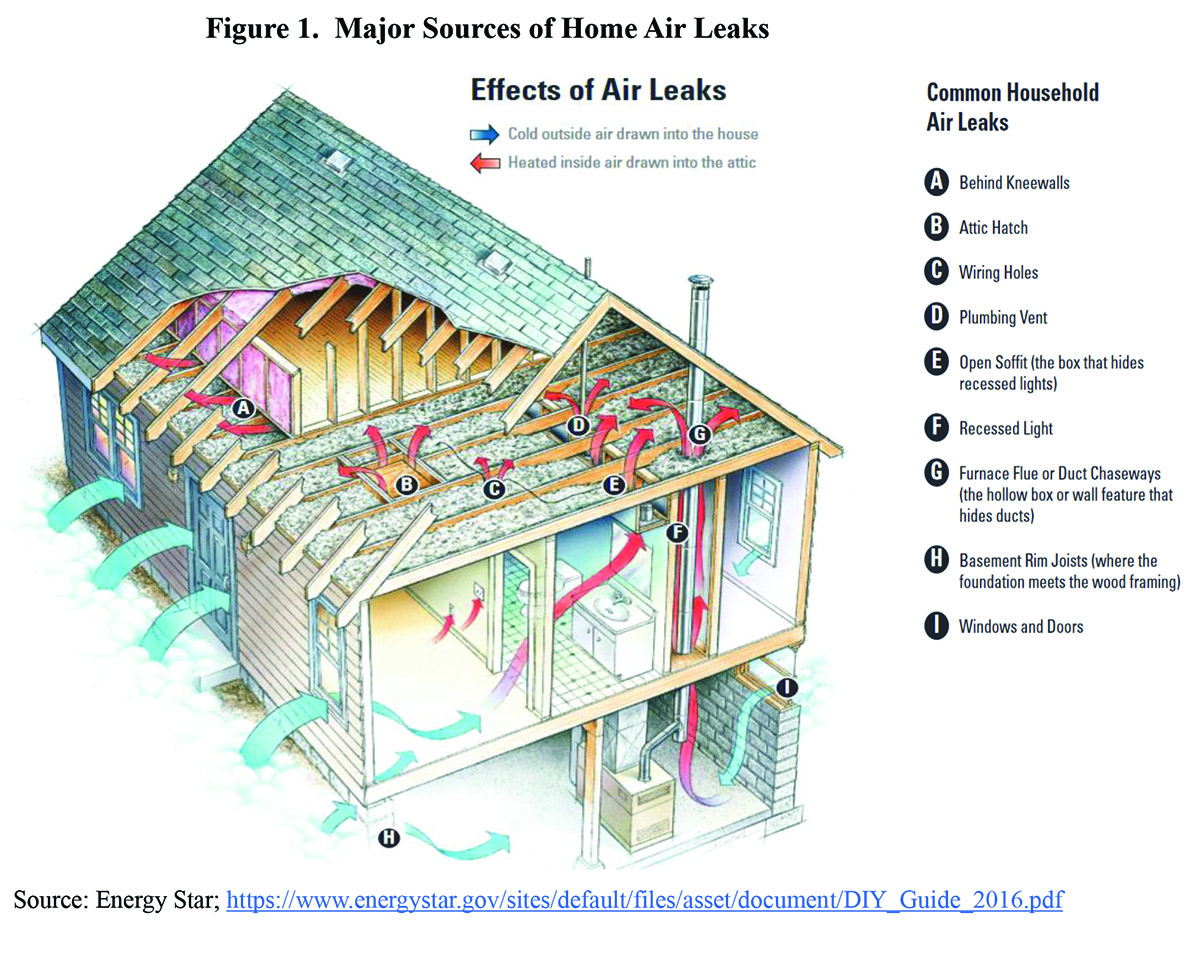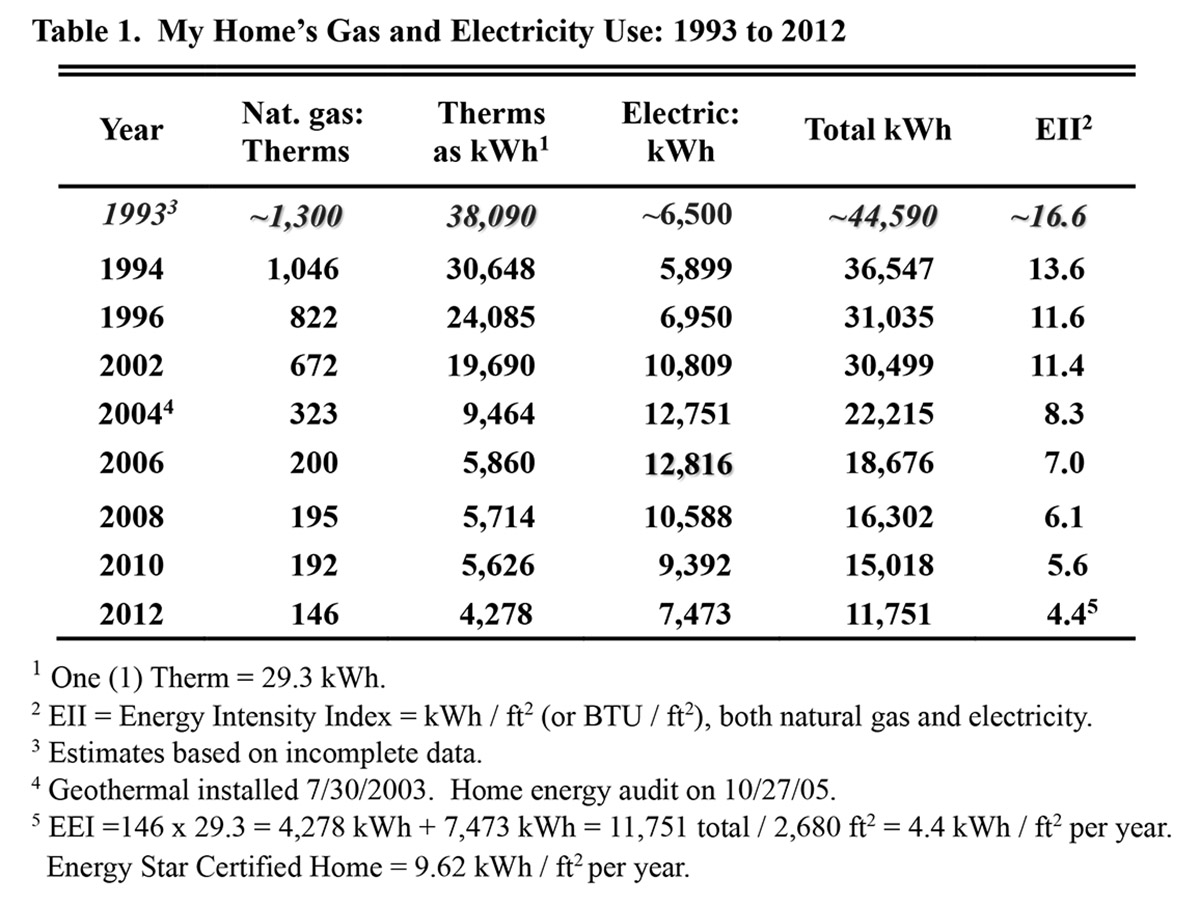Americans contribute significantly to the climate crisis because our fossil fuel consumption is so high. Living off the grid, replacing cars with bicycles, heating with wood, and growing our own food would help reduce carbon emissions to safe levels. However, we do not have to revert to threadbare living conditions to decarbonize our homes because we can slash energy use and eliminate natural gas with home retrofits and heat pumps. U.S. homes meet more than 40% of their energy needs with natural gas, and the Illinois percentage is probably more than 50% due to our cold climate and extensive use of gas furnaces and appliances. Last year, Illinois households burned 422 trillion cubic feet of gas resulting in 23 million metric tons of CO2 emissions. That matches annual tailpipe emissions of 5 million autos.
When my wife and I bought our 1966 ranch in 1993 we acquired a home with a geriatric furnace, single pane windows and copious leakage of conditioned air. Our house was drafty and uncomfortable. We quickly replaced the wheezing furnace and cut gas consumption by more than 30%. Next, we upgraded to double pane windows in our bedrooms, kitchen, and basement. In 2003, we installed a geothermal unit, thus cutting remaining gas usage by more than half. In 2005 we hired an energy auditor, whose report identified major insulation and air sealing problems. Conditioned air escaped through gaps in the ceiling which depressurized and pulled outside air through the uninsulated perimeter (rim joist) of our basement (Figure 1).
This caused cold drafts in the winter. Moreover, our walls had only 2 inches of insulation and the insulation batts had shrunk with conditioned air escaping around the voids. Insulation in the attic was seriously inadequate and wind had blown away loose-fill insulation near the soffits. Air was also gushing through an unused whole house fan. A section of the living room wall had no insulation.
Our first major retrofit was a cellulose dense pack for our walls. Since we were replacing our siding with Hardie board, we were also able to caulk all 2-by-4 / drywall junctions thus making our house so tight that we run a DC bathroom fan during the shoulder seasons (period of time between a region’s peak season and offseason) to prevent carbon dioxide buildup. Next, I installed soffit chutes in the attic, boxed and buried the whole house fan under insulation, sealed air gaps, and doubled attic insulation to R-50. I then insulated a bare concrete block basement walkout wall to R-20, regular basement walls to R-17, and caulked and insulated the rim joists to R-25. We also installed three-pane windows and a French door in our living room. While possessing very low payback, poorly insulated glass left the living room cold, but the three-pane windows and door made it warm and comfy.
These retrofits dropped our 1994 gas usage from 1,000 therms to about 150 today — a reduction of 85% (Table 1). A heat pump hot water tank would take the balance almost to zero. And our overall energy consumption (both gas and electric) dropped by more than 65%. If you are a do-it-yourselfer, then you can complete considerable air sealing and insulation work on your own. Energy Star offers a good guide to getting started — but also complete an energy audit. Through use of blower doors and infrared cameras professional energy auditors can identify big problems the eye cannot see.
Reference: Energy Star. 2106. A Do-It-Yourself Guide To Sealing And Insulating; https://www.energystar.gov/sites/default/files/asset/document/DIY_Guide_2016.pdf




1 comment for “Heat Waves — in Red & Black: Home, sweet carbon-neutral, home”